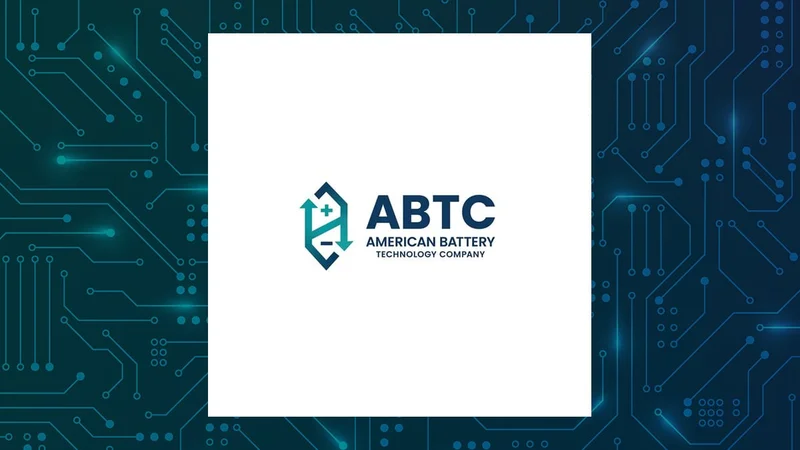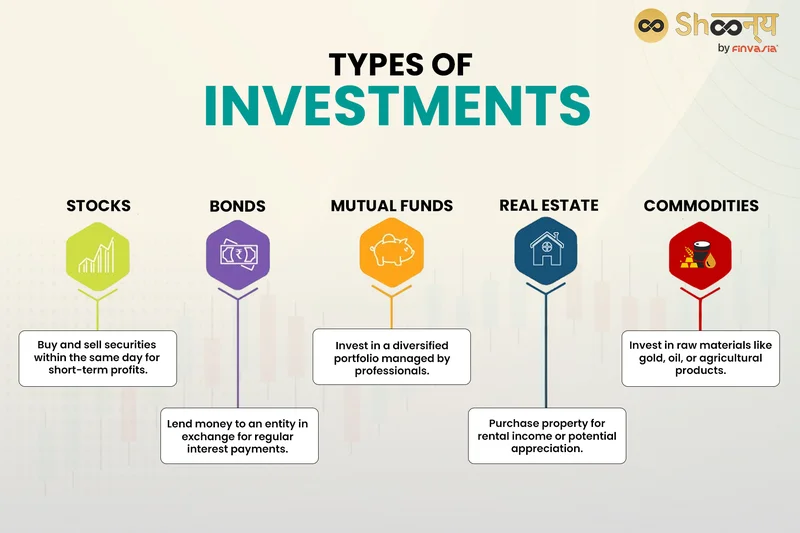US-China Relations: Trade War, AI Race, and What's Next
Generated Title: Is Trump's "G-2" Fantasy Back to Haunt US-China Relations?
China and the U.S. are at it again, seemingly locked in a perpetual game of geopolitical chess. The latest wrinkle? Discrepancies are emerging about the details of a supposed agreement to ease rare-earth export controls. Washington claims that past controls will be eliminated, while Beijing hasn't confirmed this. It’s like watching two poker players with different tells – one bluffs with grand pronouncements, the other with carefully worded silences.
Then there’s the Fujian, China's newest and most advanced aircraft carrier, entering service hot on the heels of a commissioning ceremony presided over by Xi Jinping. Equipped with electromagnetic catapults – a detail that matters because it allows planes to launch faster – the Fujian represents a significant leap in China’s naval capabilities. China launches advanced aircraft carrier the Fujian in naval race with the US. China now boasts the world's largest navy by ship count. The question becomes, is this a genuine arms race or a carefully choreographed display of power?
The Ghosts of G-2
All of this circles back to an idea floated by Donald Trump: the "G-2," a framework suggesting a near-equal partnership between the U.S. and China in global affairs. Trump posted "THE G2 WILL BE CONVENING SHORTLY!" on Truth Social before meeting Xi Jinping last week in South Korea. The concept, originally coined in 2005 by economist C. Fred Bergsten, envisioned the U.S. cultivating key bilateral relationships, including one with China. Bergsten argued that U.S. and China cooperation was essential for global economic recovery and addressing climate change.
But here’s where the data gets interesting. The "G-2" idea assumes a level of cooperation that current geopolitical realities simply don't support. Since Xi Jinping came to power in 2013, China has become far more assertive, particularly in the Indo-Pacific region. And let's not forget, it was the Trump administration itself that, in 2017, labeled China a strategic threat. (A strategic threat with whom you’re forming a G-2 partnership? Seems contradictory, doesn’t it?)

The re-emergence of the Quad grouping (India, Japan, Australia, and the U.S.) in November 2017, was a direct response to China’s aggression. ASEAN nations, feeling the heat in the South China Sea, welcomed the U.S.’s renewed focus in the region. So, is Trump's renewed interest in a "G-2" relationship a strategic masterstroke, or a sign of a foreign policy U-turn? How Trump’s ‘G-2’ framing for US-China relations could impact allies
Allies on Edge
The potential softening on China has understandably worried U.S. partners. Trump's earlier tariffs on India strained relations, leading to the postponement of a planned Quad leaders’ summit. There’s even talk of a new Quad-like grouping where the Philippines might replace India. But India’s a major economy and regional power. Excluding them seems… shortsighted.
Tokyo and Canberra are also uneasy. Will Trump’s bonhomie with Xi Jinping sour like his relationship with Vladimir Putin? For many, that might be the most desirable outcome. The key question is whether the U.S. can balance its desire for cooperation with China on certain issues (like rare-earth trade) with the need to contain China’s growing military and economic influence. It's a high-wire act with no safety net.
I've looked at hundreds of these geopolitical analyses, and the constant is always the same: the US wants to treat China both as a partner and a competitor. The problem is, how do you cooperate with a country you also view as a threat?
The Data Just Doesn't Add Up
Related Articles
ABAT's Stock Surge: Separating the News from the Financial Reality
The market loves a good story, and American Battery Technology Company (NASDAQ: ABAT) just delivered...
The QQQ Hype Train: What the big money is doing and why you should probably ignore it
So a mid-sized wealth management firm you’ve never heard of just plopped down nearly $5 million on a...
Fifth Third Swallows Comerica for $10.9B: Why It's Happening and Why You Should Care
So, another Monday, another multi-billion dollar deal that promises to "create value" and "drive syn...
Analyzing 2025's Investment Landscape: What the Data Reveals About Top Asset Classes vs. Low-Risk Alternatives
There's a quiet, pervasive myth circulating among the baby boomer generation as they navigate retire...
The $5.2 Billion Bet on Akero Therapeutics: What This Means for the Future of Medicine
Here is the feature article for your online publication, written in the persona of Dr. Aris Thorne....
John Malkovich Cast as President Snow: An Analysis of the Casting and Its Implications
The announcement landed with the precision of a well-funded marketing campaign. The Hunger Games, a...





